Ever wondered why grip strength matters? It’s a measure of how much force your hand can exert, and it’s a key indicator of overall health. From predicting heart conditions to general muscle strength, your grip strength says a lot about you. In this article, we’ll explore these insights and share exercises to boost your grip strength.
Key Takeaways
-
Grip strength serves as a critical biomarker for health, particularly in older adults, indicating risks of functional decline, heart disease, and cognitive issues.
-
Declining grip strength correlates with increased fragility and limitations in daily activities, underscoring the importance of incorporating grip-strengthening exercises into fitness routines.
-
Clinical assessments of grip strength can aid in risk stratification and intervention strategies, making it essential for monitoring health outcomes and maintaining functionality in aging populations.
The Importance of Grip Strength

Grip strength is more than just a measure of how firmly you can hold onto something. It serves as a critical biomarker for assessing health issues, particularly in older adults. A decline in grip strength is an early warning sign of potential functional decline and decreased vitality. It’s suggested as a biomarker for aging, reflecting one’s health and longevity.
Moreover, grip strength is associated with overall health and longevity, serving as a predictor of various health outcomes. It helps maintain both body and mind fitness, highlighting its importance in overall health.
We’ll delve into how grip strength connects to health outcomes, muscle strength, and cognitive performance.
Health outcomes
Declining grip strength is linked to a myriad of health issues, including heart disease and diabetes. It serves as a biomarker for overall health, indicating muscle strength and the risk of health complications. The World Health Organization recognizes grip strength as a significant predictor of cardiovascular events, suggesting its role as a health indicator.
For older adults, weak grip strength often correlates with increased fragility and a higher risk of complications. This makes grip strength an invaluable tool for clinical interventions aimed at improving health outcomes in aging populations.
Muscle strength
Grip strength is closely associated with overall body strength, influencing performance in daily activities. Incorporating grip-strength exercises into your fitness routine can enhance overall muscle health and function. Notably, every 5-kg reduction in grip strength markedly increases the risk of limitations in daily activities like eating and walking.
Decreased grip strength is linked to an increase in functional limitations, raising the risk for fragility fractures in older populations. Hence, maintaining good hand grip strength can help mitigate these risks and improve quality of life.
Cognitive performance
Research is increasingly focusing on the connection between grip strength and mental health outcomes, suggesting a link between physical strength and psychological well-being. Grip strength can accurately predict cognitive decline, indicating potential mental health issues.
Recent investigations suggest that lower grip strength may correlate with higher levels of depression and cognitive decline. Maintaining grip strength is essential not only for physical health but also for cognitive performance and overall mental well-being.
Measuring Grip Strength

Grip strength measurement is vital for health assessment and predicting outcomes across different populations. It can be quantified using different methodologies including hand dynamometers, which are widely regarded as reliable instruments. This makes grip strength measurement a practical and cost-effective health evaluation method.
We will cover methods for measuring grip strength, the significance of normative data, and result interpretation. These insights will help you assess your grip strength and identify improvement steps.
Grip strength measurement
Grip strength is commonly assessed using a hand dynamometer, which measures the maximum force exerted by the hand. These devices are designed to provide accurate measurements and are widely used in both clinical and fitness settings. Other tools like handheld force gauges can also be used to measure grip strength.
For accurate grip strength measurement, the arm should be positioned with the elbow at a 90-degree angle while squeezing the device firmly. This standardized position ensures consistency and reliability in the results.
Normative data
The UK Biobank study provides extensive normative data, showing varying grip strength norms that reflect demographic factors like gender, age, and height. Having this information is crucial for comparing grip strength across different populations and identifying deviations from the norm.
Development of standardized protocols for measuring grip strength is essential to ensure consistent and comparable results across different studies and populations. Without standardization, it becomes challenging to make accurate assessments and draw reliable conclusions.
Interpreting results
Weak grip strength is influenced by factors such as age and BMI. Standardized testing protocols are crucial as they ensure consistency in grip strength measurement, influencing the interpretation of results.
Understanding these variables can help you better interpret your grip strength results and take appropriate action.
Factors Affecting Grip Strength

Grip strength is influenced by a combination of demographic factors, health status, and lifestyle choices. Normal grip strength is determined by age and sex, with established thresholds distinguishing between weak and strong grip measurements.
In the subsequent sections, we will explore how age and gender, health conditions, and lifestyle factors affect grip strength. This will provide a comprehensive understanding of the various elements that can impact your grip strength and overall health.
Age and gender
Grip strength norms are influenced by age and gender, with men typically exhibiting higher strength levels than women. Grip strength peaks between the ages of 30 and 40, followed by a gradual decline as individuals age. This decline is more pronounced in older adults, making it a critical factor in assessing their functional abilities.
Recognizing these differences is crucial for accurately interpreting grip strength measurements among various age groups and genders. It also underscores the importance of targeted interventions to maintain and improve grip strength in older populations.
Health conditions
Chronic diseases such as chronic obstructive pulmonary disease and coronary heart disease are known to negatively affect grip strength. Conditions like arthritis and diabetes can significantly diminish grip strength, leading to increased risk for complications.
Recognizing these health conditions aids in tailoring effective clinical interventions to enhance grip strength and overall health.
Lifestyle factors
Body mass index (BMI), physical activity, and nutrition play significant roles in determining grip strength. Higher BMI is often correlated with lower grip strength, while healthy eating and regular exercise contribute to maintaining grip strength as you age.
These lifestyle choices are crucial for overall health and can significantly impact your grip strength.
Exercises to Improve Grip Strength

Regular physical activity and a healthy diet are key contributors to maintaining optimal grip strength. Engaging in strength training and aerobic exercises can enhance grip strength and overall physical performance.
We will discuss specific hand exercises, full-body strength training methods, and preventive measures to effectively enhance your handgrip strength.
Hand exercises
Using a tennis ball or foam stress ball can effectively strengthen grip muscles. Wringing a wet towel enhances both crush and support grip strength through twisting motions. Isometric exercises like plate pinches and pinch grip are also effective for stabilizing the hand and forearm, thereby boosting grip strength.
Utilizing tools like grip trainers allows athletes to progressively challenge their grip strength during workouts. These exercises are crucial for improving grip strength, which is beneficial for daily tasks and overall physical performance.
Full-body strength training
Full-body strength training not only develops muscle strength but also improves grip strength, crucial for robust health. Exercises like wrist curls, weight plate lifts, and leg strength workouts can significantly enhance overall muscle strength.
Overall muscle strength is crucial for daily activities and contributes positively to general health and functional capabilities. Incorporating these exercises into your routine can help you achieve better grip strength and overall physical health.
Preventive measures
Preventive measures are essential for maintaining grip strength during strength training activities. Using wrist straps can provide additional support, helping to enhance grip strength during lifting.
It is also advised to talk to a healthcare provider if there are any concerns regarding grip strength.
Clinical Implications of Weak Grip Strength

Weak grip strength is linked to higher all-cause mortality, with various studies showing significant hazard ratios. It increases the risk for serious symptoms, complications, and hospitalization. Grip strength assessment can predict functional decline in older adults, making it valuable in clinical settings.
We will explore risk stratification, functional limitations, and intervention strategies for addressing weak grip strength. Understanding these implications can help in developing effective clinical interventions to improve patient outcomes.
Risk stratification
Weak grip strength can be a reliable predictor of future health outcomes, helping to identify individuals at higher risk for adverse events.
Further studies are necessary to explore how grip strength can be integrated into routine health assessments to improve early identification of health risks.
Functional limitations
Decreased grip strength can lead to difficulties in performing daily activities and tasks, impacting overall functionality. Older adults with reduced grip strength are at a higher risk of becoming frail, which can lead to increased dependency and health complications. Maintaining strong grip strength is crucial for older adults to prevent functional limitations and reduce the risk of serious injuries such as fractures.
Individuals with decreased grip strength are more susceptible to fragility fractures, especially in the wrist and hip area. This highlights the importance of grip strength in maintaining overall health and functionality.
Intervention strategies
Clinical interventions are crucial for enhancing grip strength, as weakness can indicate poor health outcomes. Exercise-based strategies, including specific hand exercises and full-body strength training, can significantly enhance grip strength.
Monitoring grip strength is crucial for risk stratification and identifying individuals at higher risk for functional limitations.
The Role of Grip Strength in Sports
Grip strength is a critical component affecting strength and performance in various sports, including crush grip activities. It is particularly important for athletes involved in sports like rock climbing, strongman competitions, and weight lifting. A strong grip can contribute to injury prevention by enhancing stability and control during physical activities.
We will discuss the specific demands of different sports on grip strength and offer training methods for improvement. Understanding these aspects can help athletes enhance their performance and reduce the risk of injuries.
Sports-specific demands
In wrestling, grip strength is crucial for executing maneuvers and gaining leverage over opponents. Golfers rely on grip strength to influence the power and angle of their shots effectively. In football, grip strength is essential for quarterbacks to throw accurate passes.
In various sports, grip strength is vital for athletic performance, influencing training and competition.
Training methods
Specific hand exercises such as using a tennis ball or grip trainer can help strengthen hand muscles, enhancing grip strength. Incorporating full-body strength training exercises like wrist curls and weight plate lifts can improve overall grip strength. To prevent injuries during strength training, using wrist straps and avoiding repetitive strain injuries is recommended.
Different sports have unique grip demands; improving grip strength is crucial for activities like rock climbing and tennis. Athletes can benefit from tailored training programs that focus on both sport-specific and general grip strength exercises.
Future Research Directions
Further research is needed to better understand grip strength as a health biomarker, given its potential implications for overall health and functional status. Standardization challenges exist in grip strength measurement protocols, which can hinder the establishment of normative data across diverse populations. Understanding grip strength’s broader implications can enhance health assessments and preventive strategies in various populations.
Emerging studies are examining how grip strength relates to mental health and cardiovascular events, indicating new research areas. Evidence suggests that individuals with stronger grip strength exhibit lower levels of anxiety and depression, suggesting a correlation with improved mental health.
Research is increasingly linking grip strength to cardiovascular events, indicating that weaker grip strength can serve as a predictor for greater cardiovascular risk.
Standardization challenges
Standardized measurement protocols for grip strength are essential to ensure accuracy and reliability in assessments. Variation in grip strength measurement methods can lead to significant inconsistencies, making comparisons across studies challenging.
Implementing standardized protocols and normative data can improve health assessments related to grip strength in diverse populations.
Emerging studies
Further research is warranted to explore the mechanisms behind grip strength’s influence on mental and cardiovascular health, aiming to establish concrete guidelines for preventative health strategies. The UK Biobank study and systematic reviews are beginning to shed light on these complex relationships, emphasizing the need for comprehensive clinical interventions in aging populations to harness the full potential of grip strength as a predictive biomarker.
Summary
Grip strength is a multifaceted indicator that not only reflects your overall muscle strength but also provides insights into your health status, cognitive performance, and risk for various health conditions. Measuring and improving grip strength through targeted exercises and lifestyle changes can lead to significant health benefits and improved quality of life. As research continues to uncover new aspects of grip strength, it is clear that maintaining strong grip strength is essential for both physical and mental well-being. Let’s embrace the power of a firm handshake as a step towards a healthier future.
Frequently Asked Questions
Why is grip strength important for overall health?
Grip strength is essential for overall health as it serves as a key indicator of various health outcomes, particularly in older adults. It is linked to longevity and reduced risk of cardiovascular events and cognitive decline. Prioritizing grip strength can be an important part of maintaining your health.
How can I measure my grip strength?
To measure your grip strength effectively, use a hand dynamometer, ensuring you follow standardized protocols for accurate results. This will provide a reliable assessment of your hand's maximum force exertion.
What factors can affect my grip strength?
Grip strength is significantly affected by factors such as age, gender, health conditions, and lifestyle choices, including BMI, nutrition, and physical activity. Addressing these factors can help you improve your grip strength.
What exercises can I do to improve my grip strength?
To improve your grip strength, incorporate exercises such as squeezing a tennis ball, using grip trainers, and doing isometric exercises like plate pinches, along with wrist curls and weight plate lifts. These targeted activities will effectively enhance your grip.
How does weak grip strength affect my health?
Weak grip strength is a significant health indicator, associated with increased mortality, chronic diseases, and functional limitations. Addressing any decline in grip strength may help enhance overall health and well-being.


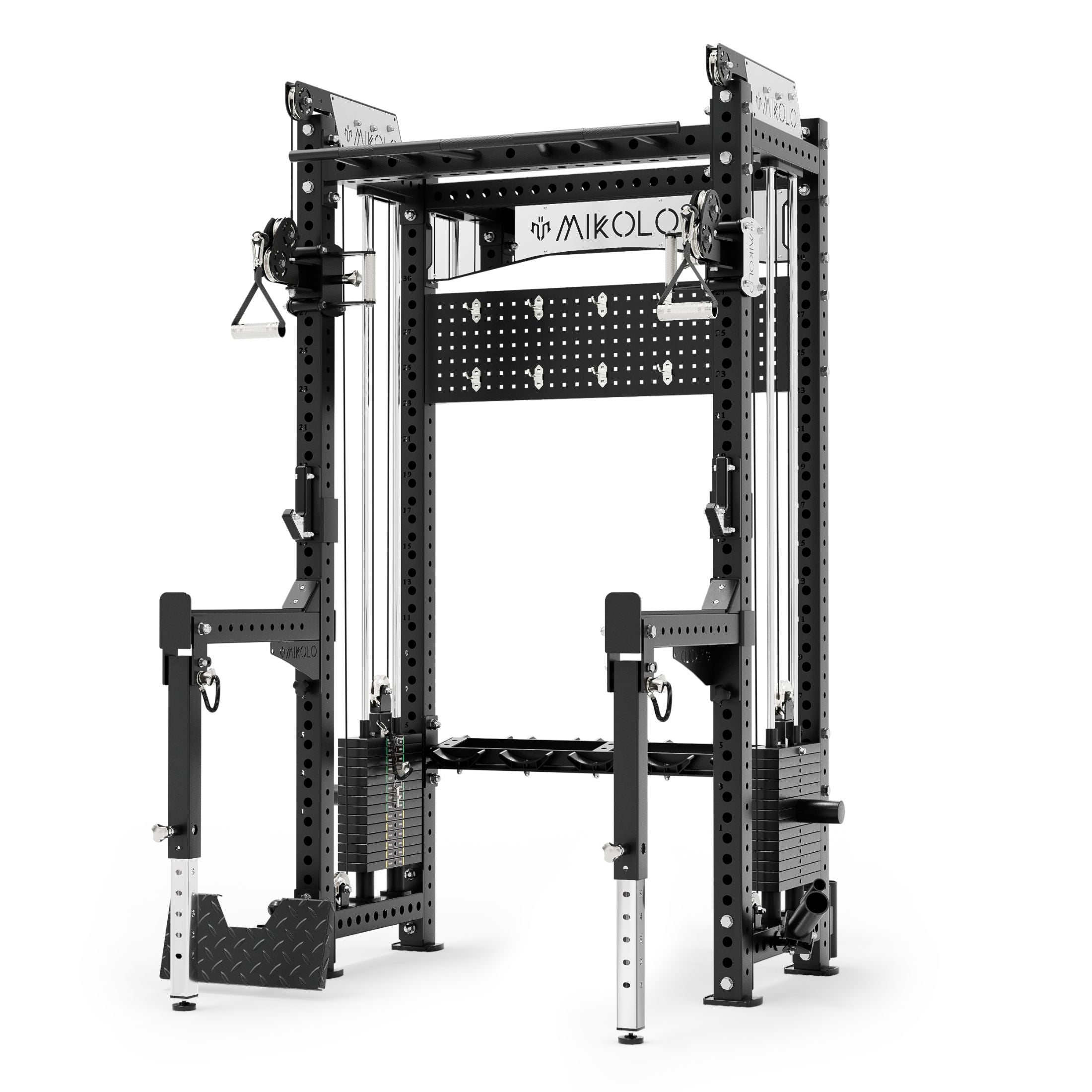

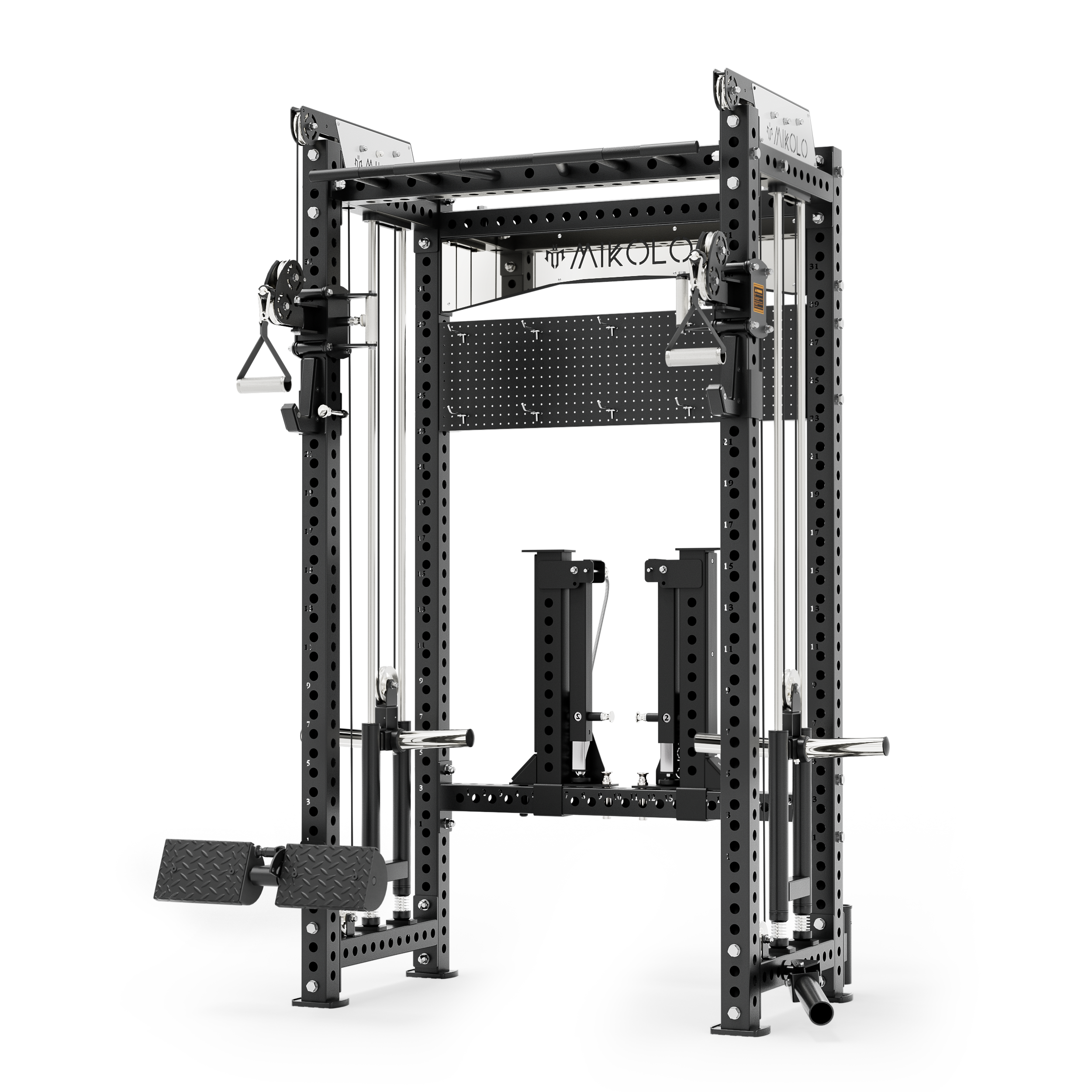


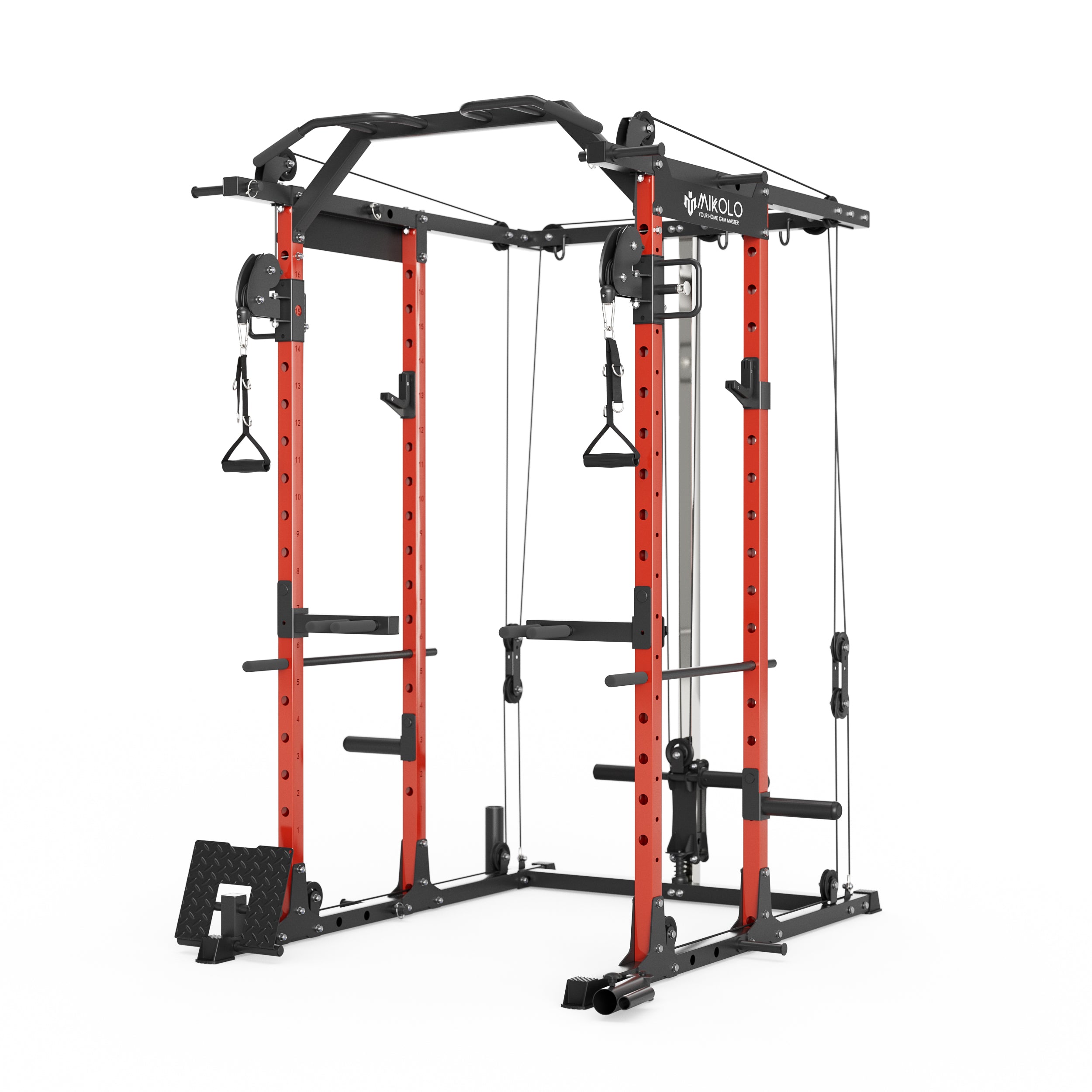
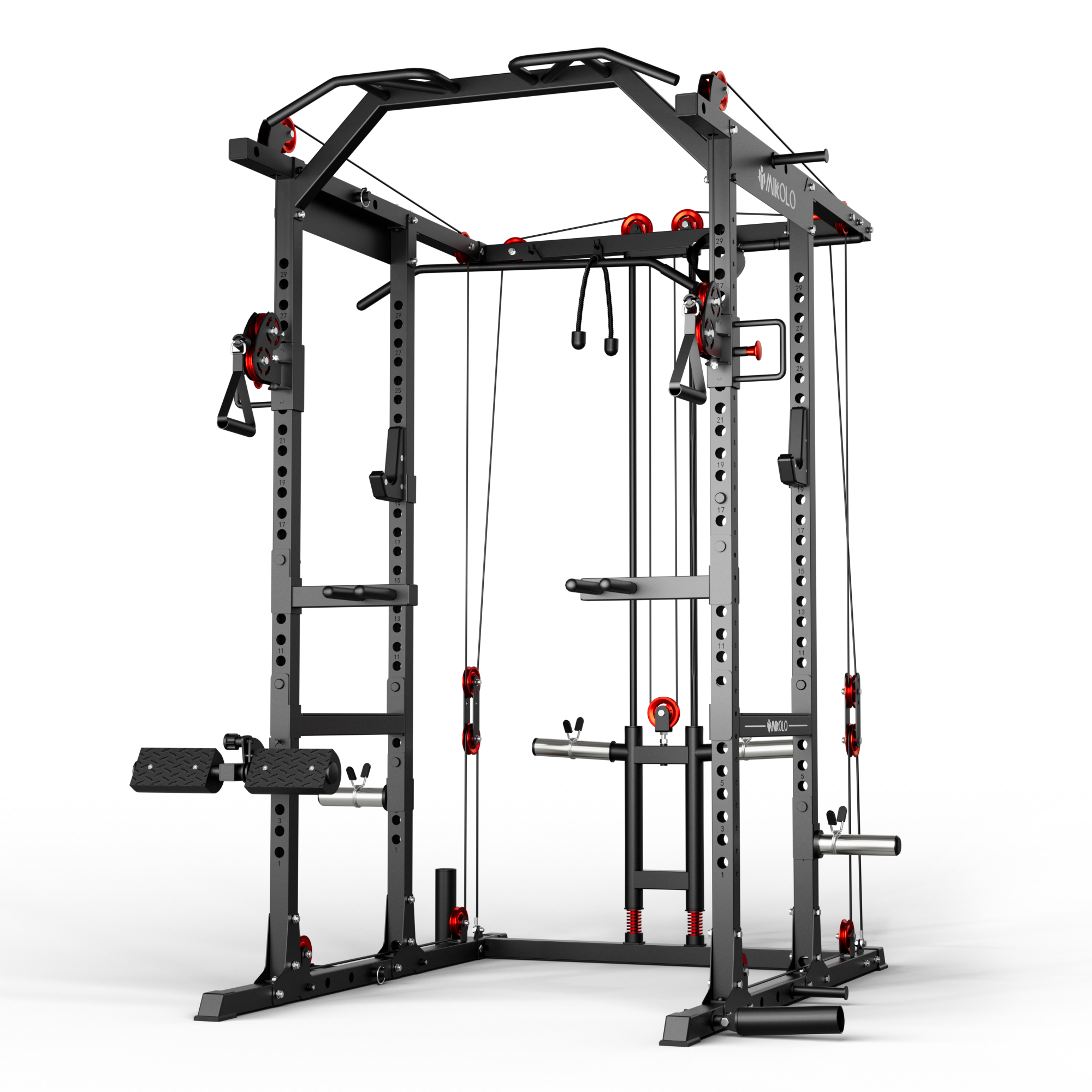

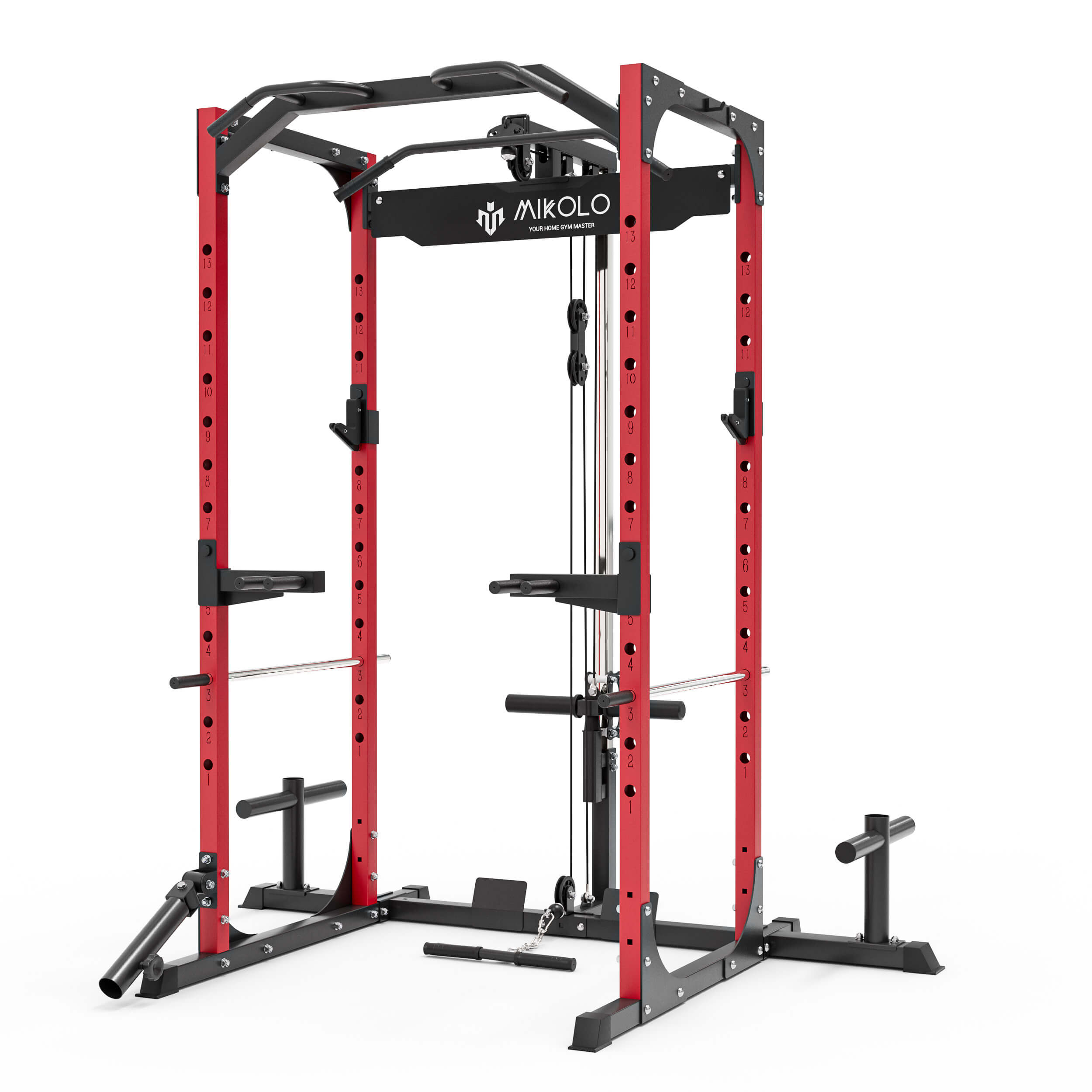

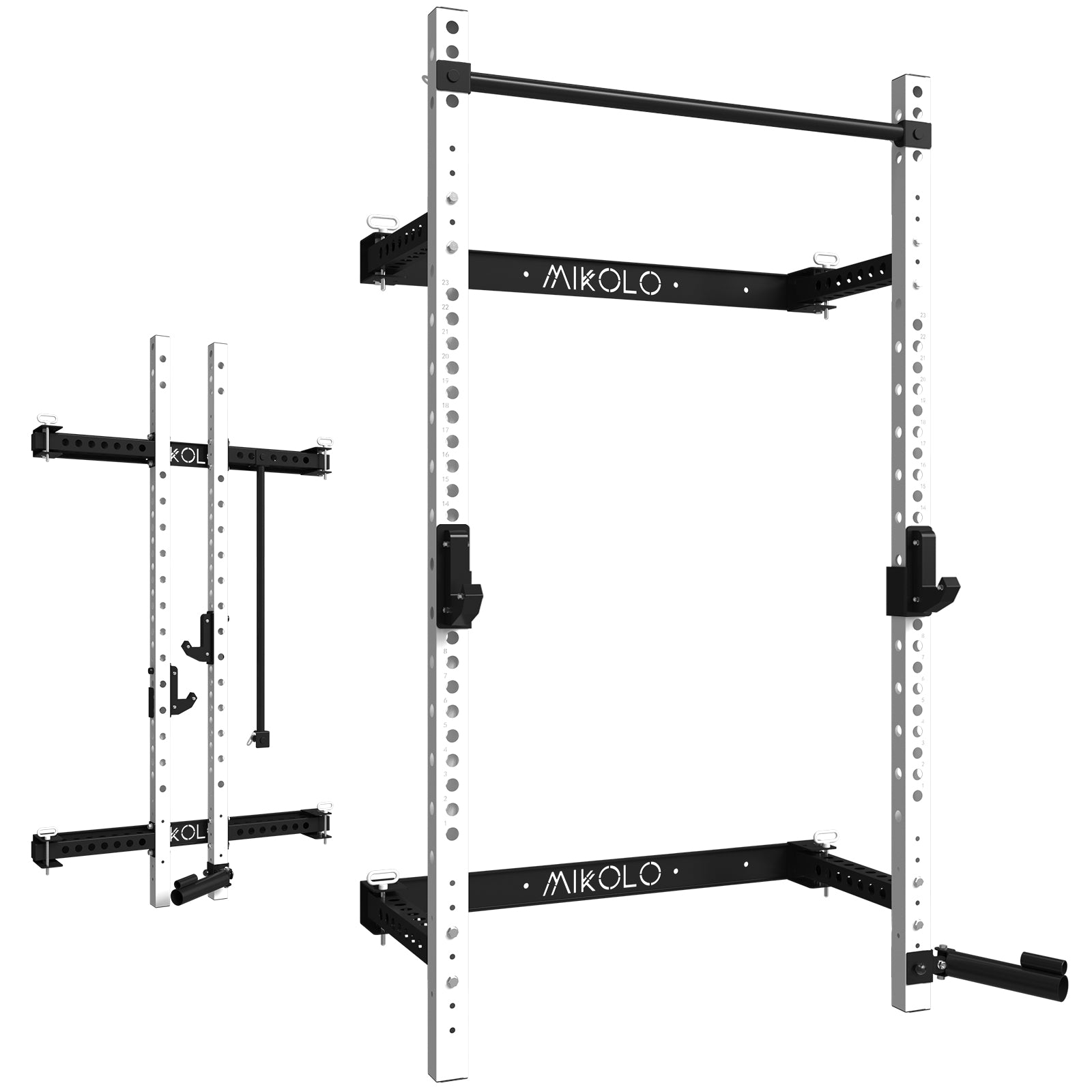

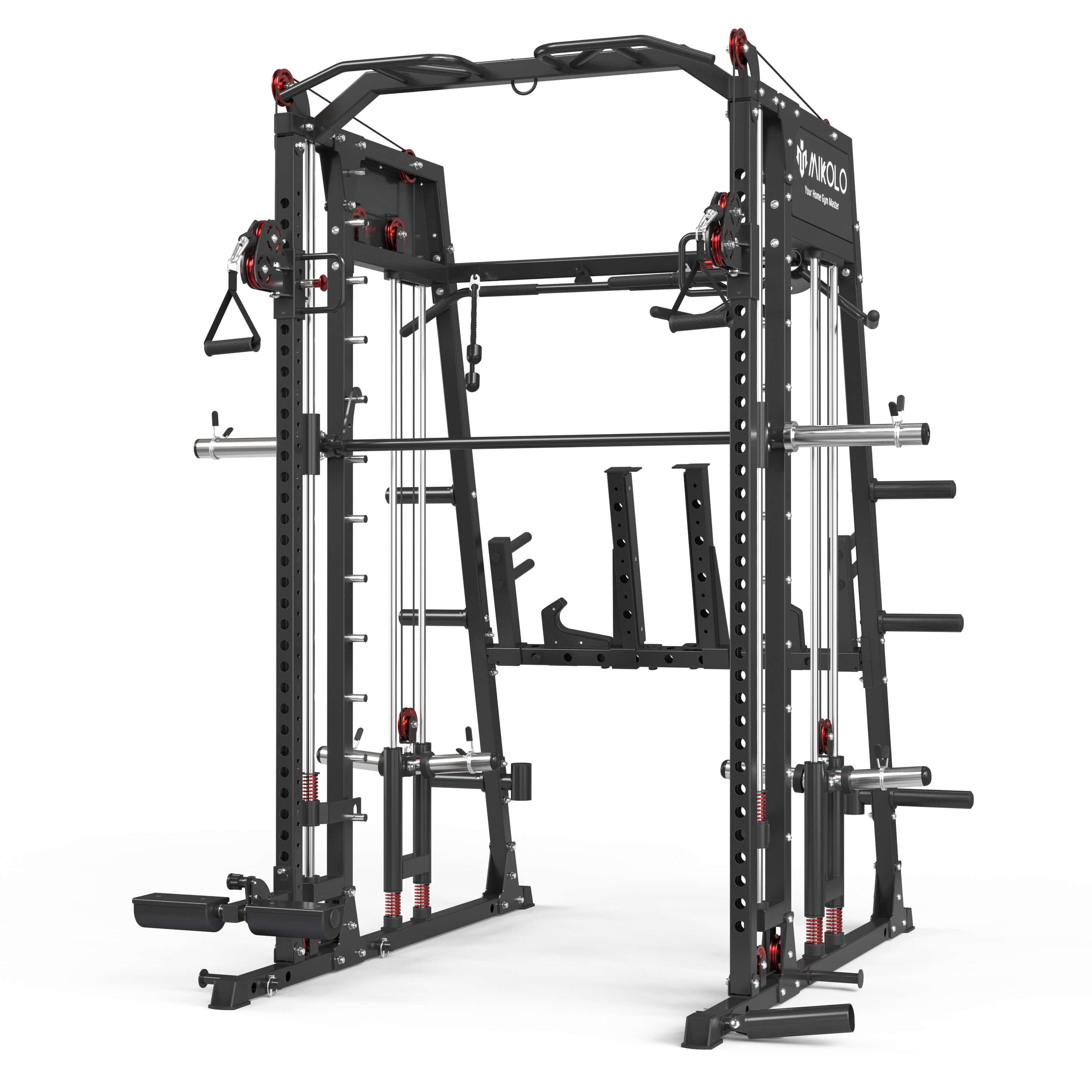

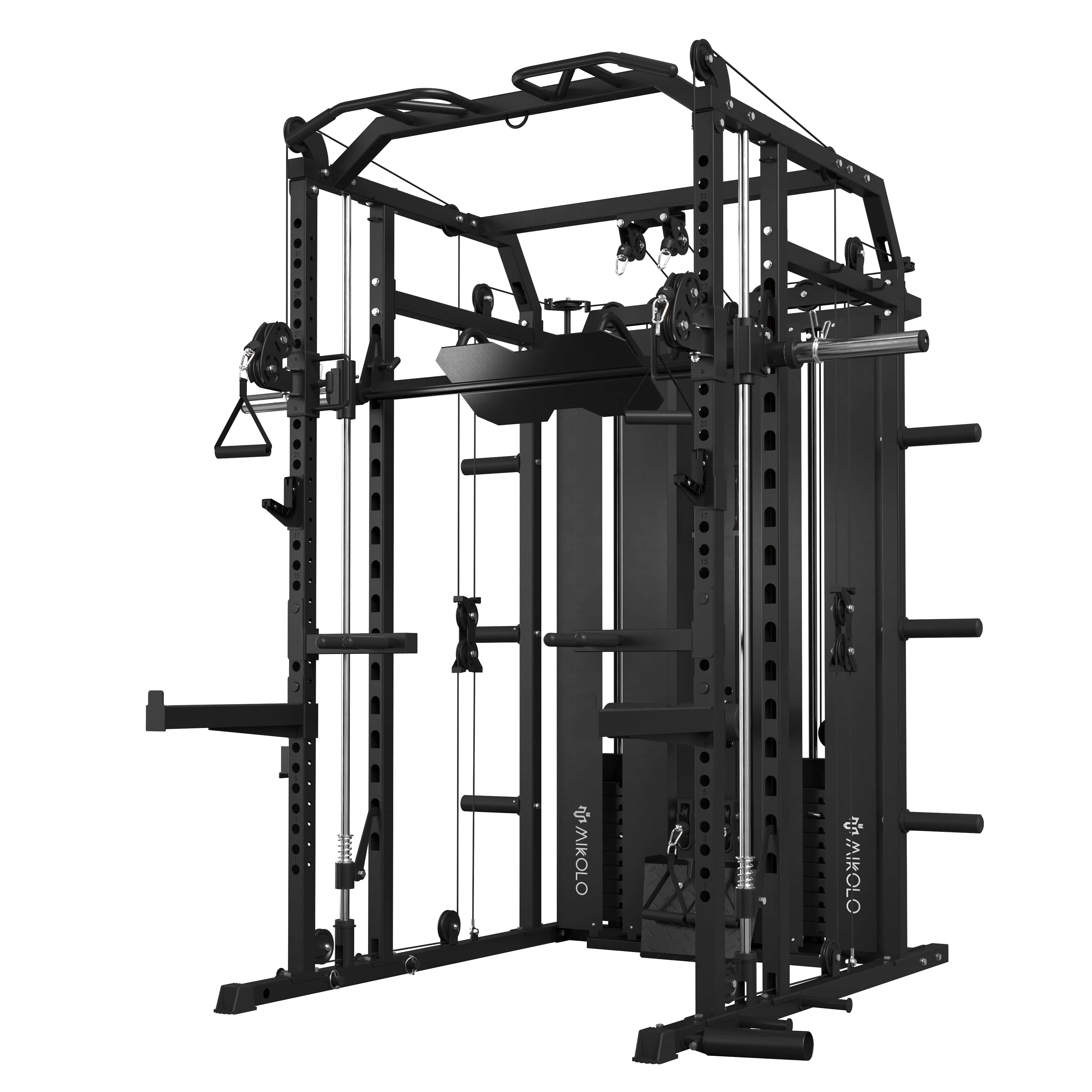
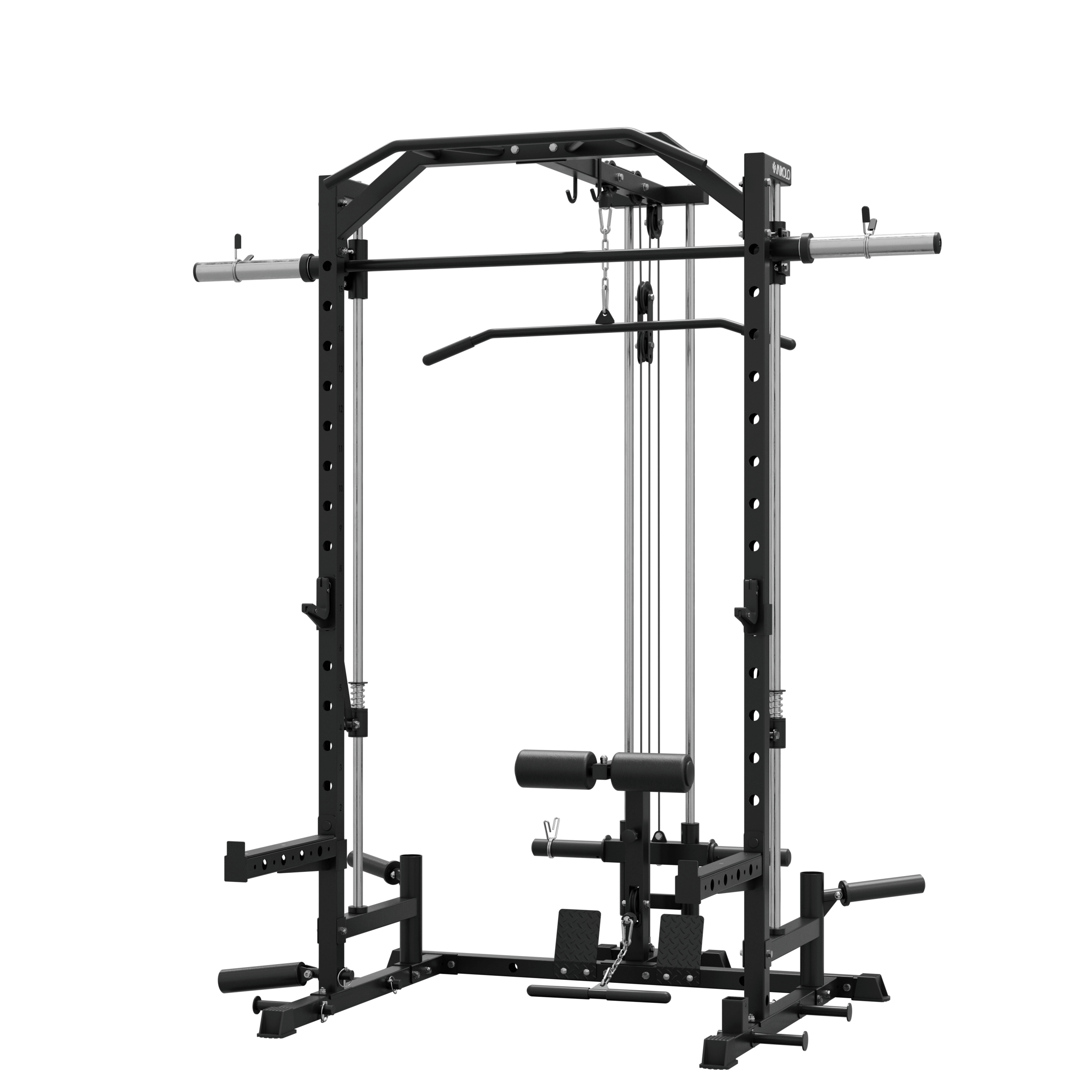
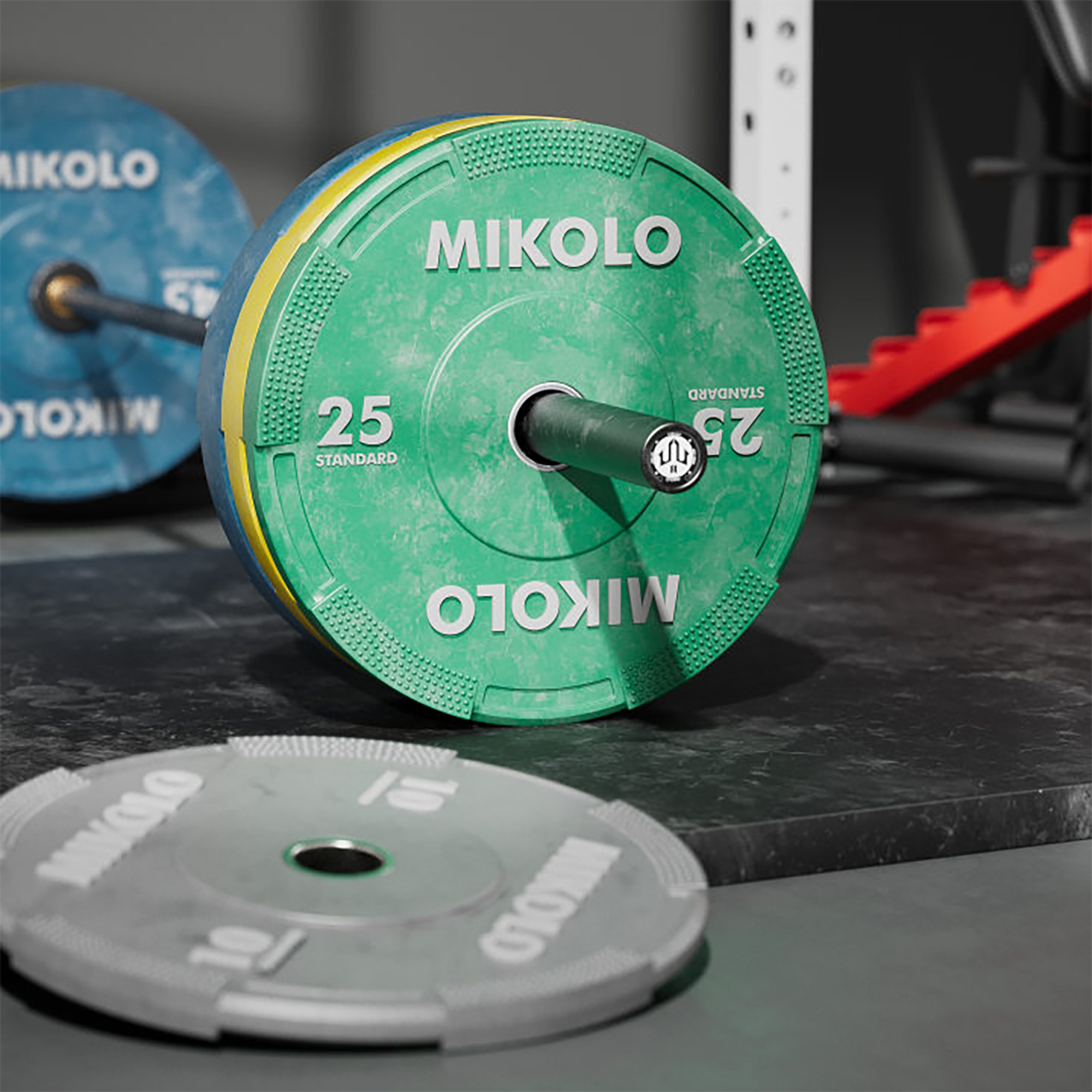






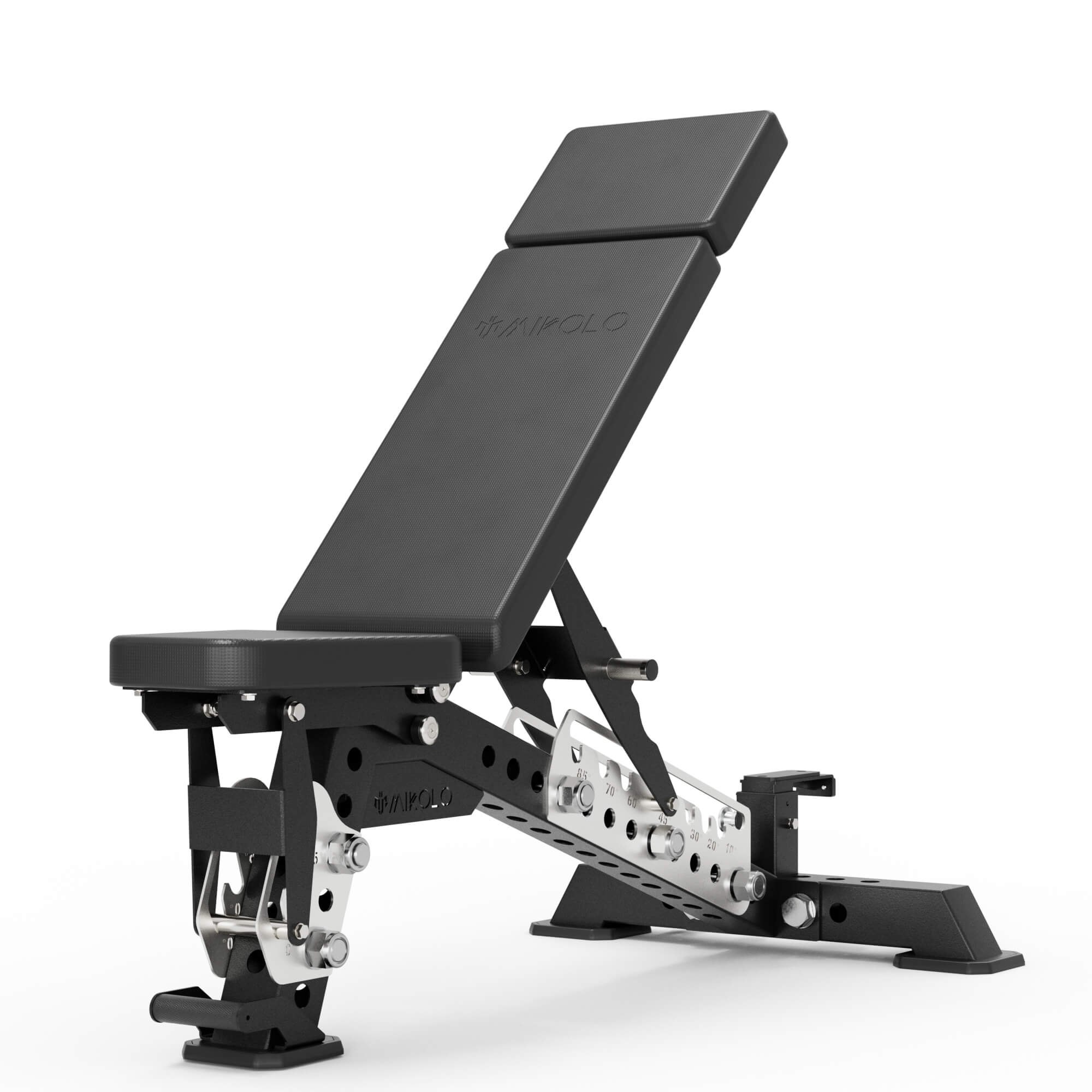
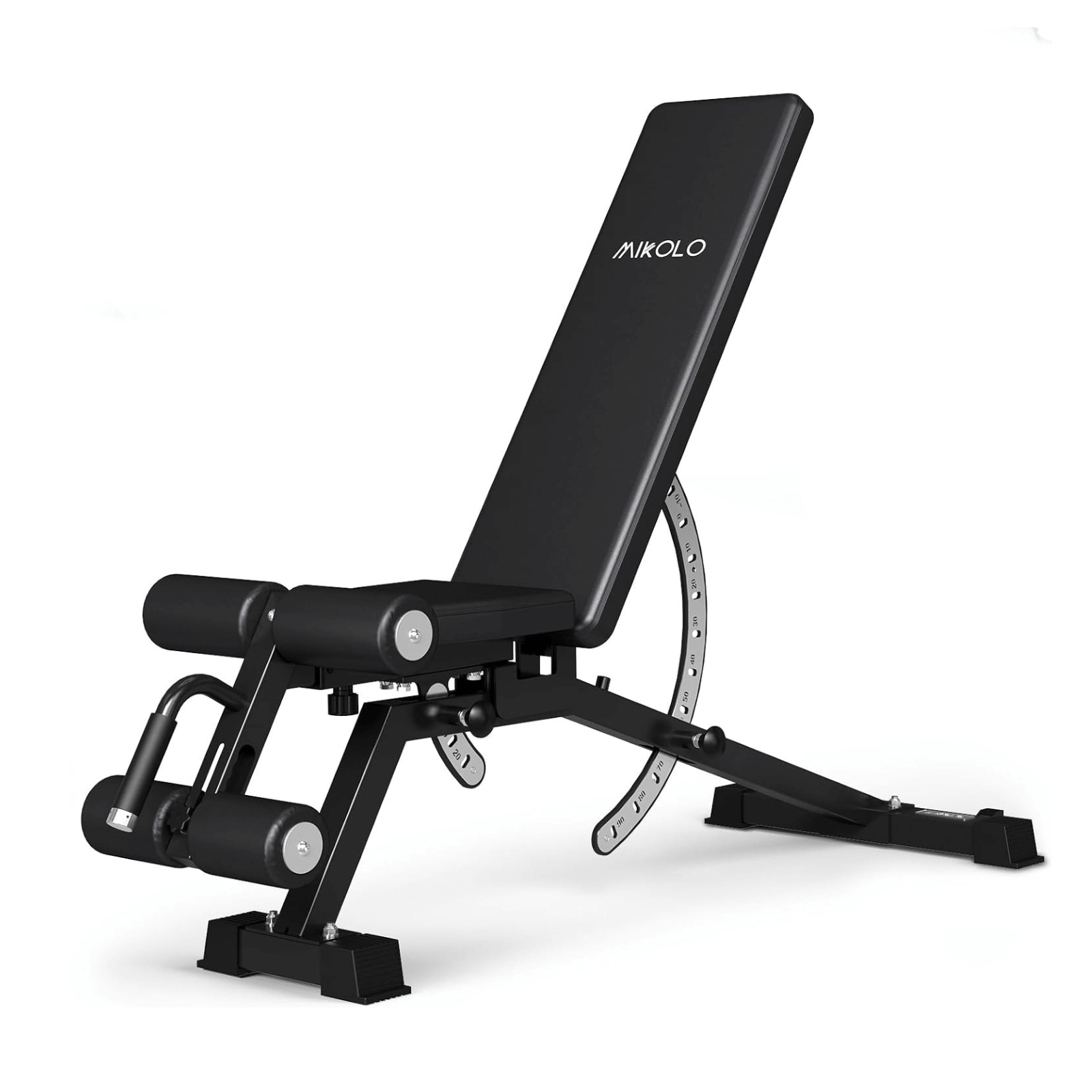





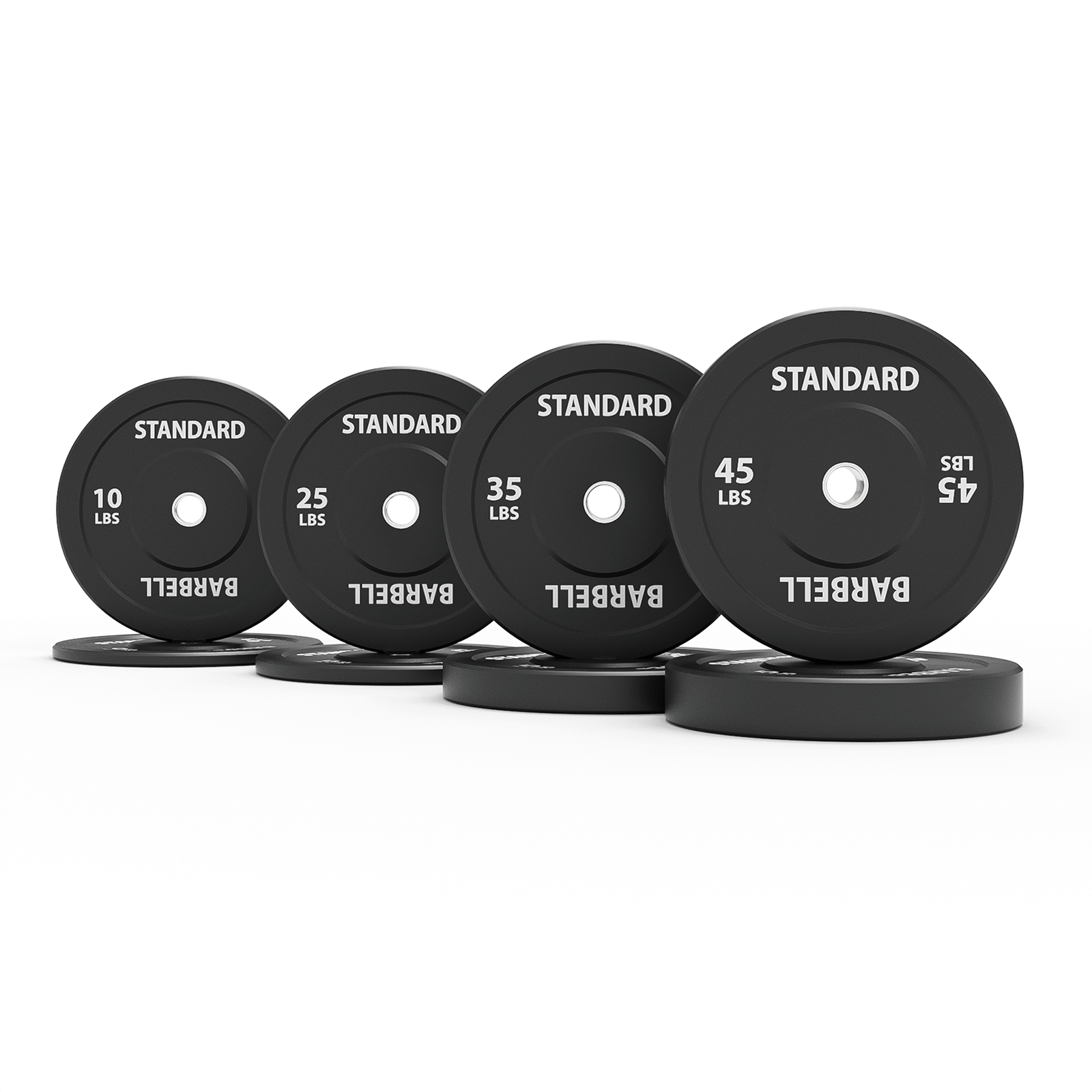
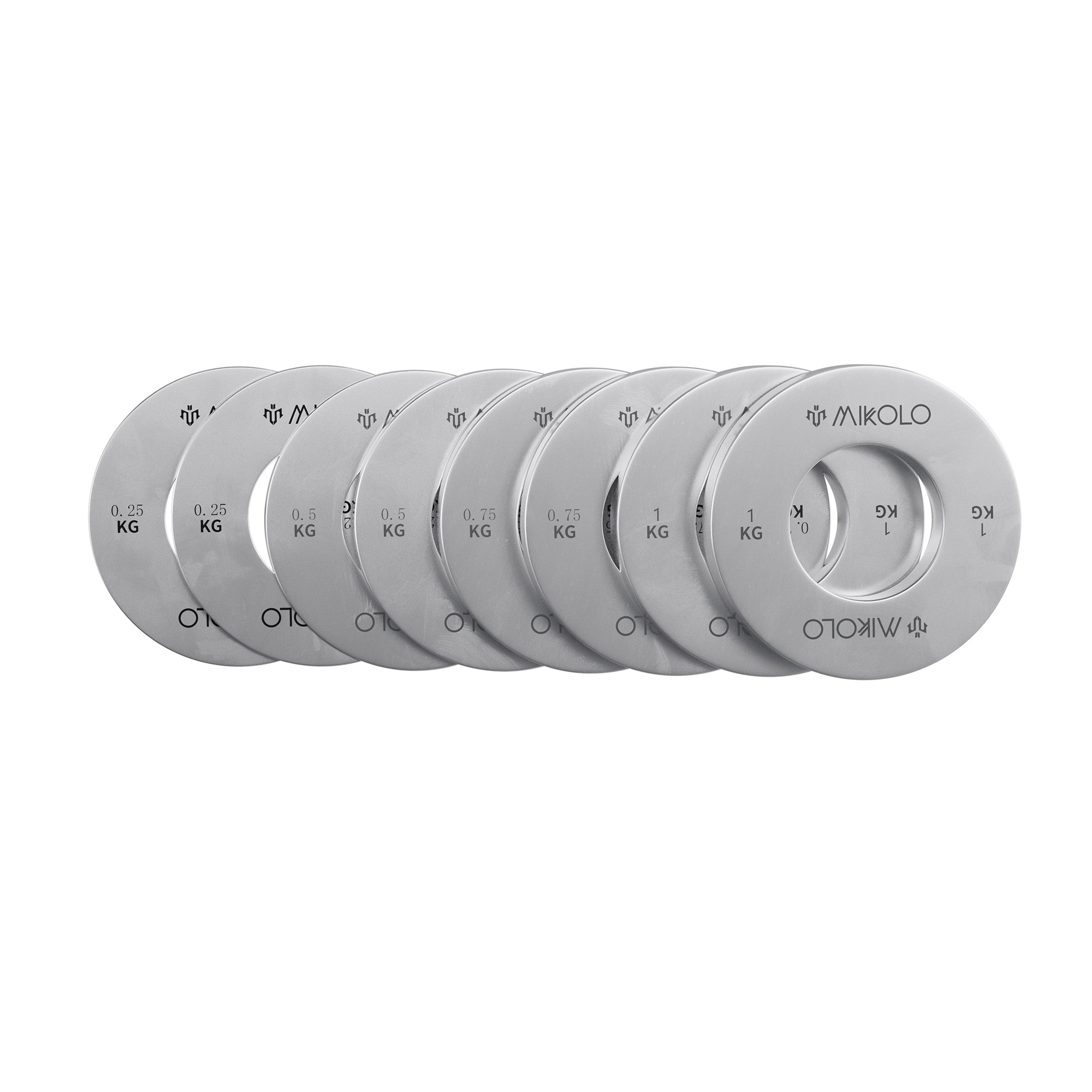
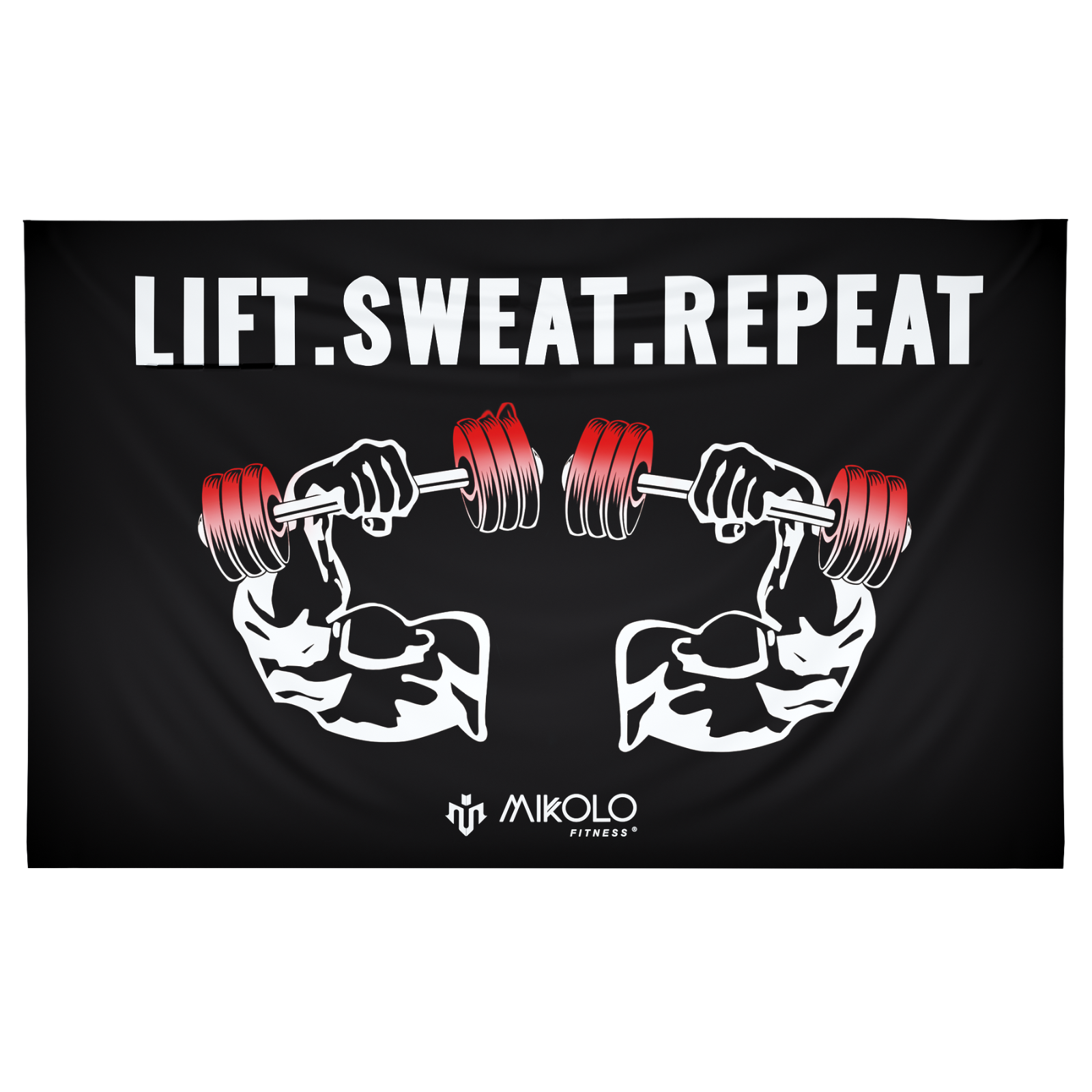



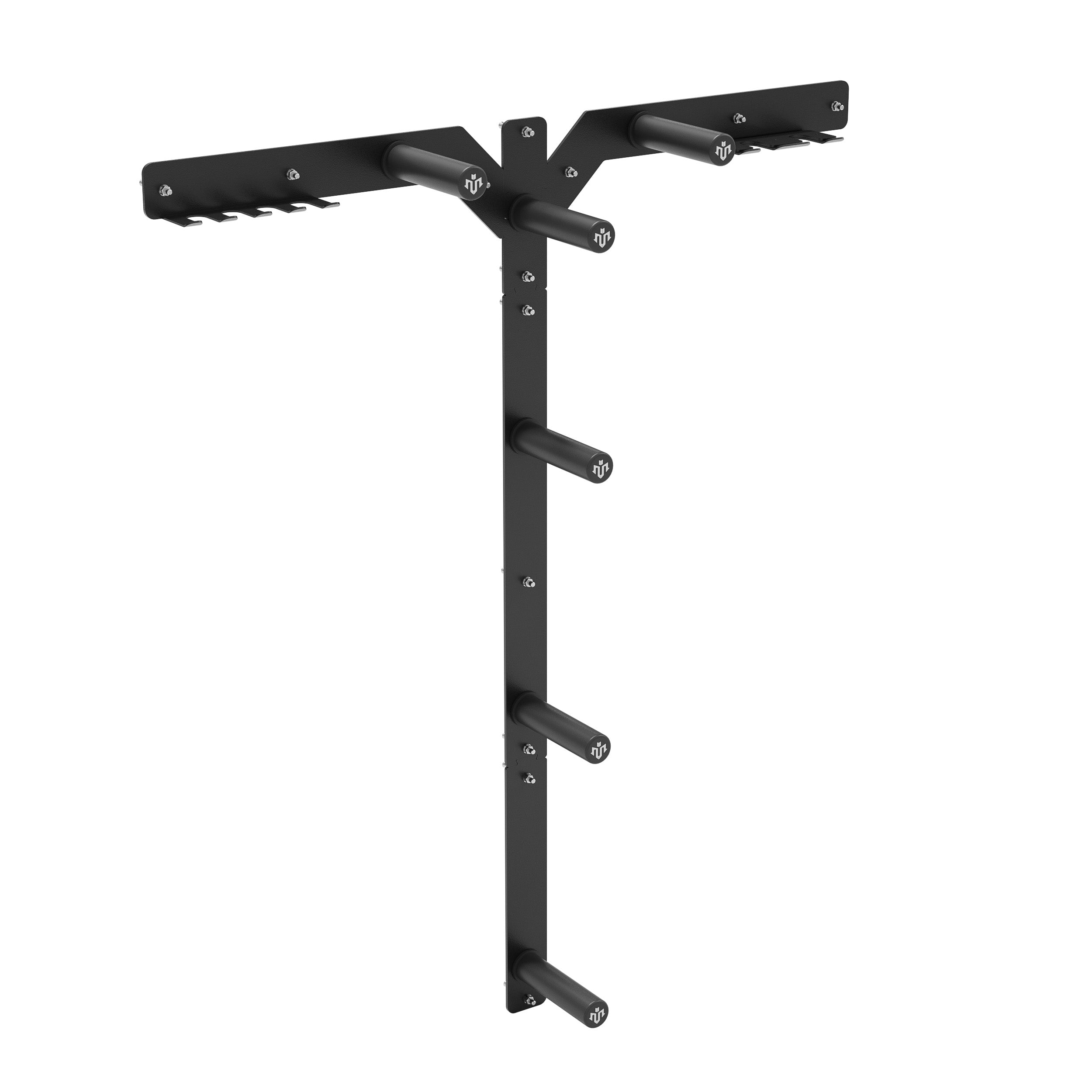




Leave a comment
This site is protected by hCaptcha and the hCaptcha Privacy Policy and Terms of Service apply.